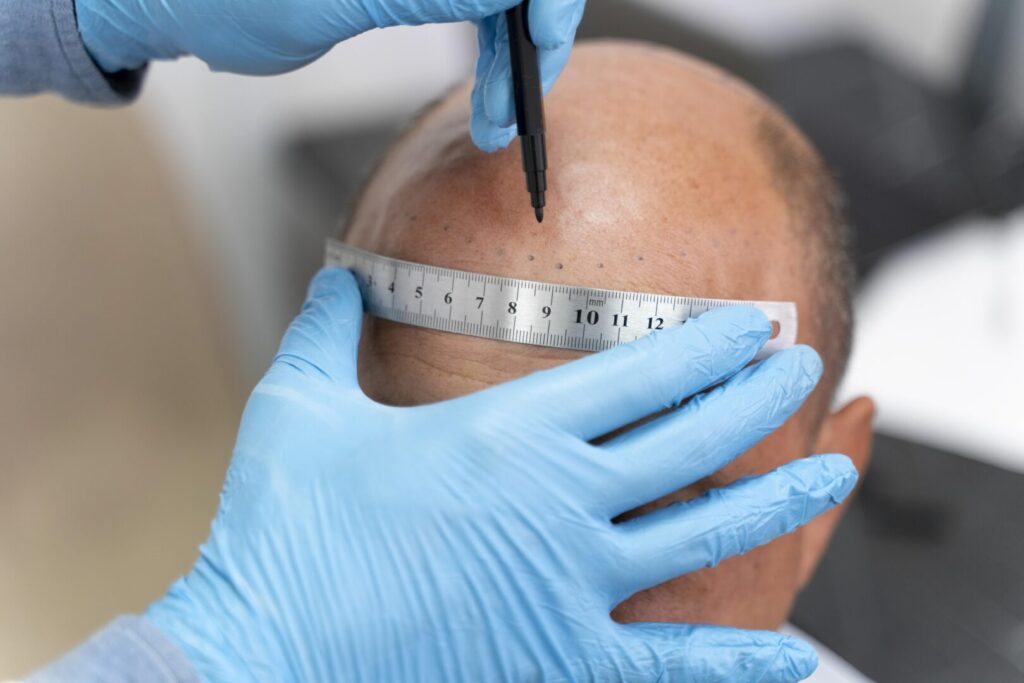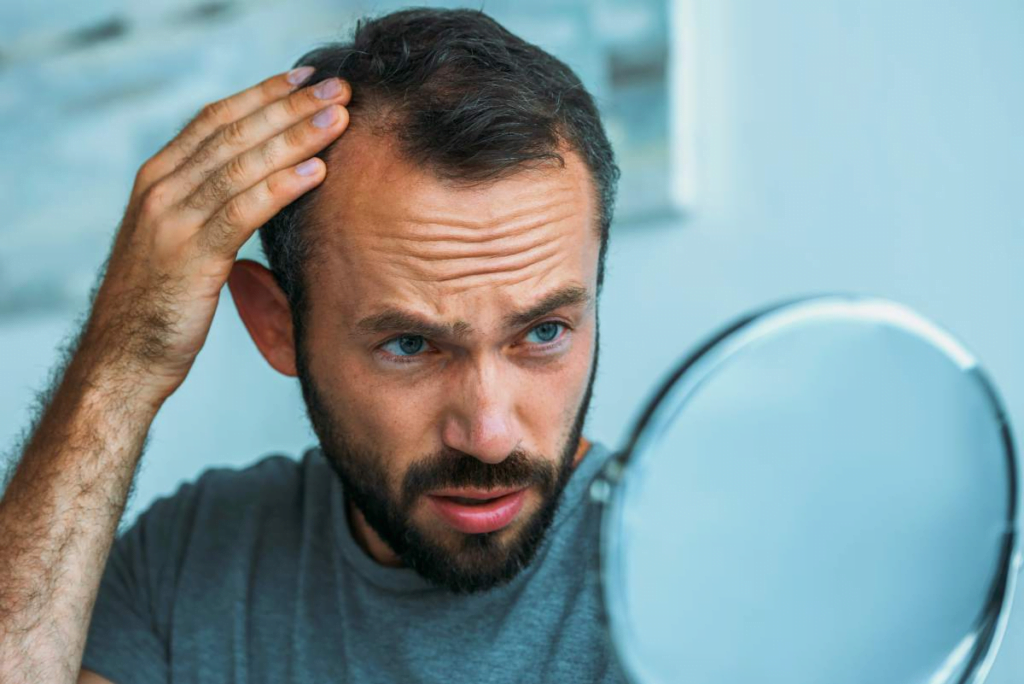
Hair transplant is an extremely effective solution, both aesthetically and psychologically, especially for those experiencing genetic hair loss. However, while many people expect lifelong results after undergoing hair transplantation, certain mistakes and oversights can negatively impact the outcomes. Here’s an important fact to keep in mind: Hair transplantation doesn’t end with the procedure itself; the real success lies in the steps taken afterward.
In this article, we will detail the 5 critical steps you should follow to maximize the effectiveness of your hair transplant and ensure the long-term durability of the transplanted hair.
İçindekiler
1. Personalized Planning and the Use of the Right Technique
Hair transplantation means much more than just a change in appearance. A person’s self-confidence, the way they look in the mirror, and their social life can take on a whole new dimension thanks to this intervention. The first step toward a successful process and the best results is proper planning and identifying the technique most suitable for the individual.
Every individual’s pattern of hair loss, donor area density, and expectations are different. Therefore, the various methods used in hair transplantation also determine the results. The right technique means permanent hair. At this point, one-size-fits-all approaches often fall short. For example, when planning the hairline, facial shape, facial muscle movement, and age factors must be considered together. An unnatural-looking hairline can create an artificial appearance, no matter how densely the hair is transplanted.
Additionally, while the FUE (Follicular Unit Extraction) method yields successful results in some individuals, the DHI (Direct Hair Implantation) method may provide a more natural appearance in certain cases. Factors influencing this decision include hair structure, graft count, the condition of the donor area, and the individual’s lifestyle.
In short, achieving permanent results in hair transplantation is possible with technical expertise, the right method, and a personalized aesthetic approach. Conducting a detailed analysis at the beginning of this journey, planning accordingly, and considering all the individual’s needs are the keys to achieving both natural and permanent results.
2. Paying Attention to the First 15 Days after Hair Transplant
The most critical period after hair transplantation is the first two weeks. During this period, the hair follicles try to adapt to their new locations and are extremely sensitive to external influences. At the same time, they are vulnerable to negative factors and risks. During this process, sensitivity and attention are of utmost importance. Therefore, extra attention should be paid to the following points:
- For the first 3 days, the top of the head should not come into contact with anything, and no hair accessories should be used.
- No products other than the shampoo recommended by the doctor should be used.
- Alcohol, smoking, and strenuous exercise should be avoided. A healthy and stress-free lifestyle should be adopted.
- Direct exposure to the sun should be avoided.
Especially the first wash must be done under expert supervision or applied gently as detailed in the instructions provided. Because even the smallest mistake during this process can damage the hair follicles and cause hair loss, which can harm the permanent results. Patience is very important during this period.
3. Focusing on Nutrition and Supplements
The overall health of the body is also very important for hair follicles to attach and grow healthily. Healthy nutrition plays an important role in the overall health of the body. A balanced and vitamin-rich diet contributes to faster hair growth and strength. The following vitamins and minerals play a critical role in supporting hair transplantation and hair health:
- Vitamin B7 (Biotin)
- Zinc
- Iron
- Vitamin D
- Omega-3 fatty acids
If you are unable to obtain sufficient amounts of these nutrients, you can take supplements with your doctor’s approval. Drinking plenty of water and avoiding processed foods can also speed up the healing process of the scalp.
4. Avoiding Stress and Maintaining a Regular Sleep Schedule
Although it may not be noticeable, stress is one of the main causes of hair loss. High stress levels during the post-operative period can both make it difficult for new hair follicles to take root and weaken existing hair. Therefore, avoiding stress is one of the most important precautions to take after hair transplantation. Additionally, regular and quality sleep directly affects the body’s renewal process. The secretion of the melatonin hormone during nighttime sleep supports the renewal of hair follicles. Make sure to get at least 7 hours of sleep every night.
5. Long-Term Care and Professional Follow-Up
Although hair transplantation is a procedure completed in one day, the results become apparent in the long term. Shock loss typically occurs in the first 3 months, noticeable growth is seen in 6 months, and the results begin to clarify after 12 months.
During this process, it is crucial to maintain regular communication with the clinic and use the lotions and care products recommended by your doctor as directed. Additionally, you should avoid aggressive shampoos and chemical hair products that could damage your scalp.
Permanence is not a Coincidence, but the Result of a Meticulous Process

Hair transplantation is a process that requires patience and care. Anyone seeking permanent and natural results must take the post-operative process as seriously as the procedure itself. The five steps we shared above are the cornerstones that will not only ensure your hair grows healthily but also remain strong and voluminous for years to come.
Remember; hair transplantation is like an investment. With proper planning, mindful care, and lifestyle changes, you can maximize the return on this investment over the long term.
Hairtrans.com was founded by world-famous plastic surgeon Dr. MFO, who is an expert in facial feminization or facial masculinization surgeries, and is managed under his leadership. Would you like to have a hair transplant under the coordination of a plastic surgeon with many years of experience?
Whether you are a trans woman or a natural born male or female, if you are looking for the best hair transplant, contact us now.


